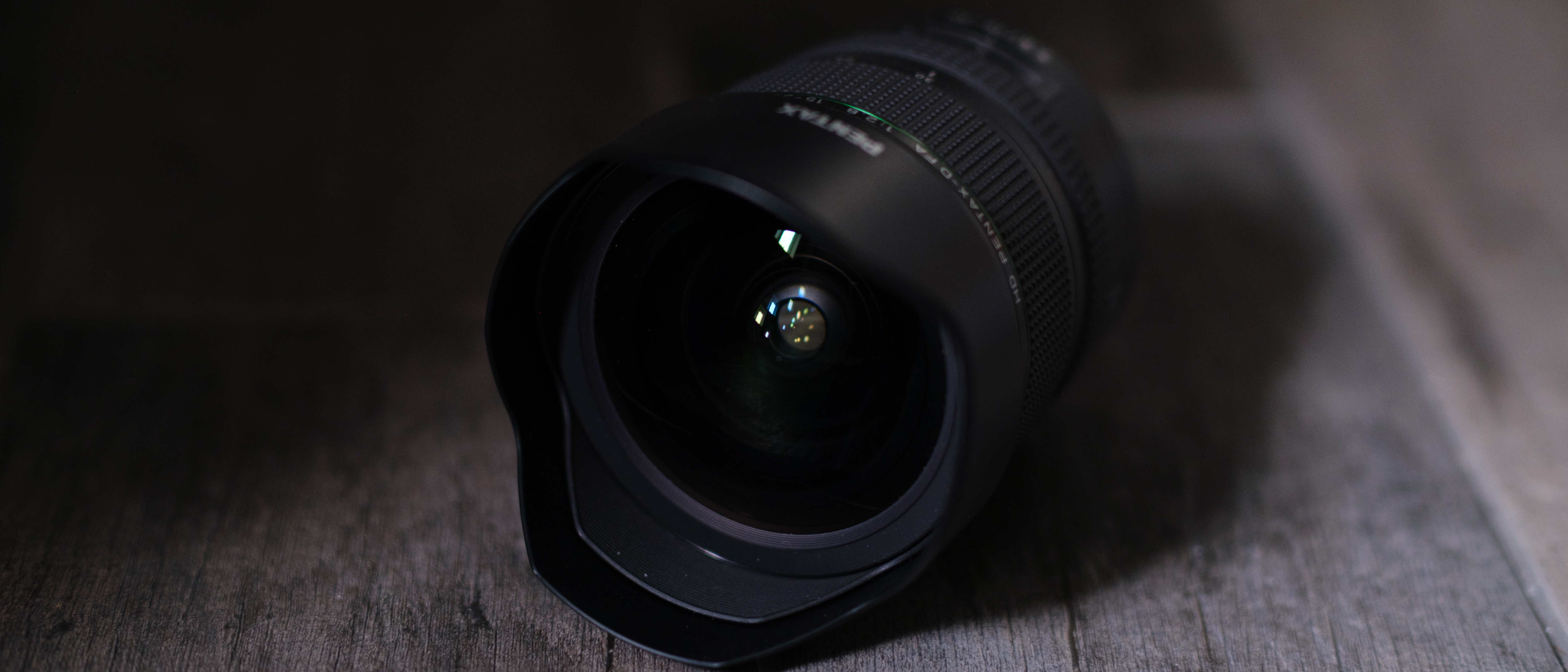
The winners of the 2025 British Photography Awards (BPA) have been announced, and one shortlisted image in the Birdlife category really jumped out at me for its striking combination of drama and detail.
Jayne Bond captured this Dalmatian Pelican floating on Lake Kerkini in Greece. Its distinctive head tufts are caught mid-ruffle by a gentle breeze, creating natural sculptural forms against the softly colored evening sky, and earning it the pithy title Bad Hair Day. Every feather is rendered in sharp detail, from the windswept crest to the subtle textures across the bird's body. And that's despite conditions being less than ideal…
"Although the boat was 'stationary' there was still erratic movement," Bond recalls. "To capture the bird at low level it was necessary to hang over the side of the boat with the camera in touching distance of the water, taking care not to 'dunk it', although this did happen a few times."
Technical precision
Shooting from a rocking boat whilst leaning over the side, millimetres from the water, demands both physical commitment and technical precision. Bond worked with a Canon EOS R5 paired with a Canon RF 24-105mm f/4L IS USM lens, and it proved a smart combination for challenging circumstances. The R5's 45MP full-frame sensor captures exceptional detail, whilst the 24-105mm zoom provided enough flexibility to frame the shot.
The key was in the settings. Bond set shutter speed to 1/1600 sec because "the boat was constantly rocking and the Dalmatian Pelican was bobbing about on the water". She set the aperture to f/4 (the lens's maximum), which served two purposes. It softened the water at low level, creating that beautifully smooth background that makes the pelican stand out. It also maximised light-gathering in the late afternoon conditions, enabling that crucial fast shutter speed.

With Auto ISO engaged, the camera selected ISO 500, which Bond describes as "very acceptable". The R5's excellent high-ISO performance meant virtually no visible noise despite shooting in fading light. This allowed Bond to focus entirely on composition and timing rather than fiddling with controls whilst hanging over the side of the boat.
The Canon RF 24-105mm f/4L IS USM also proved its worth. This lens offers five stops of image stabilisation; invaluable when shooting from such an unstable platform. Its sharpness captured every textural detail of the pelican's plumage, whilst its weather sealing provided essential protection from the water it was occasionally being dunked in.
The best camera deals, reviews, product advice, and unmissable photography news, direct to your inbox!
Perfect timing
Bad Hair Day demonstrates that great wildlife photography doesn't always require exotic species or dramatic action; just timing, precision and willingness to put yourself and your gear in a precarious position. Bond travelled to Lake Kerkini specifically for its famed pelican population, endured the discomfort of shooting from a rocking boat, and timed her visit for late afternoon when "beautiful subtle colours in the sky" would complement the scene.
You can view Bad Hair Day and the other winning images through British Photography Awards website; a showcase of British photography across categories from wildlife and landscape to street and portraiture.
Tom May is a freelance writer and editor specializing in art, photography, design and travel. He has been editor of Professional Photography magazine, associate editor at Creative Bloq, and deputy editor at net magazine. He has also worked for a wide range of mainstream titles including The Sun, Radio Times, NME, T3, Heat, Company and Bella.
You must confirm your public display name before commenting
Please logout and then login again, you will then be prompted to enter your display name.

